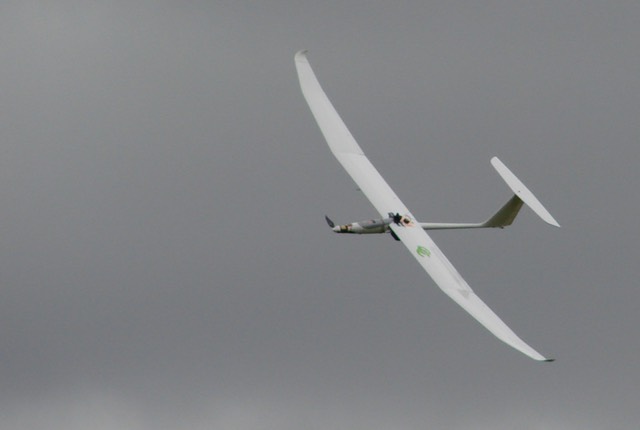
Veitch Moir carries out research and development in many aspects of RPAS technology and operations, sometimes in cooperation with other companies. In these photos a tiny camera (similar to those which can be carried by birds) is attached to the RPA. The video is then downlinked to a mobile base station using high frequency radio.
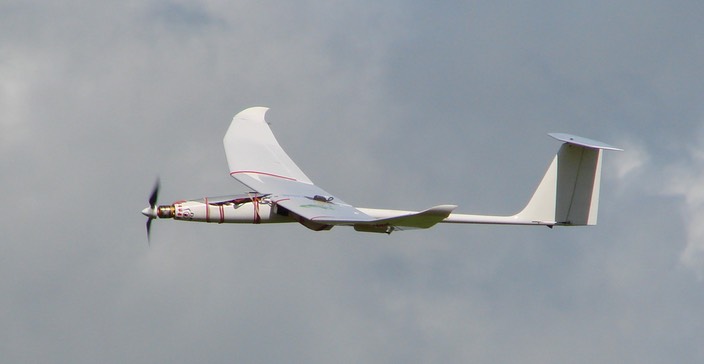
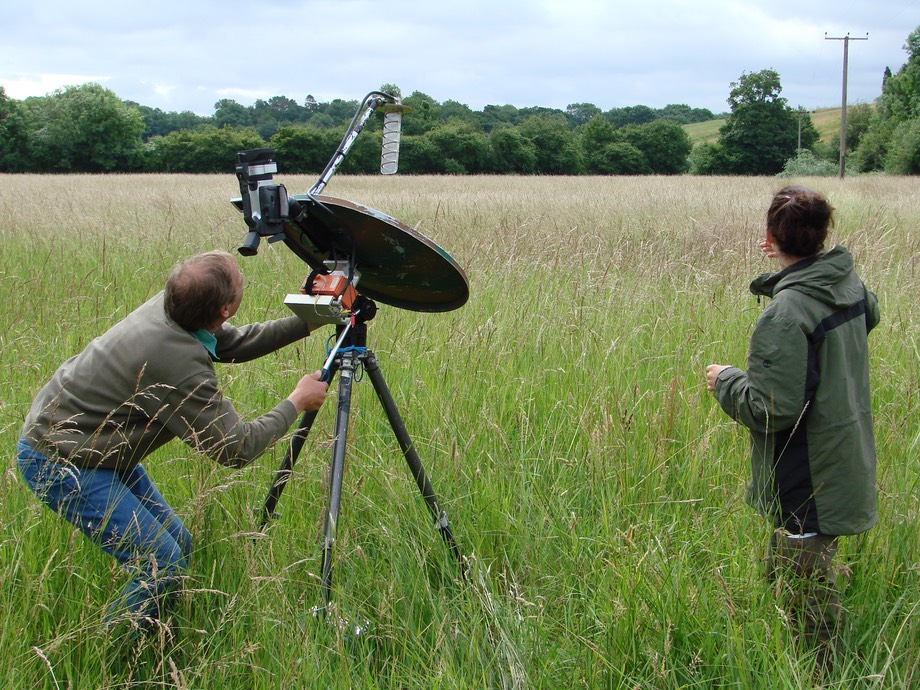
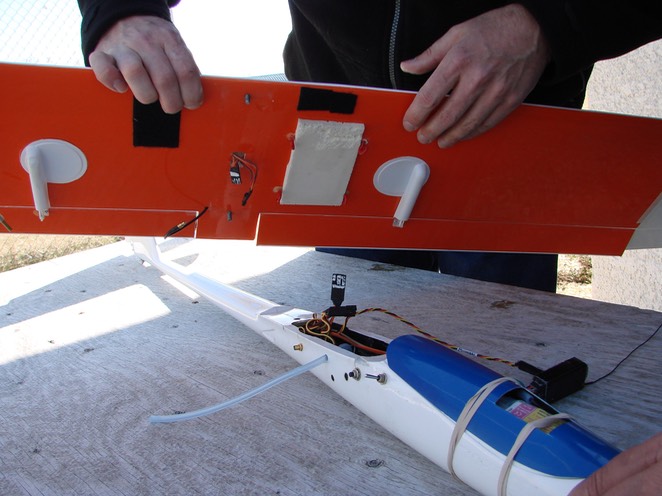
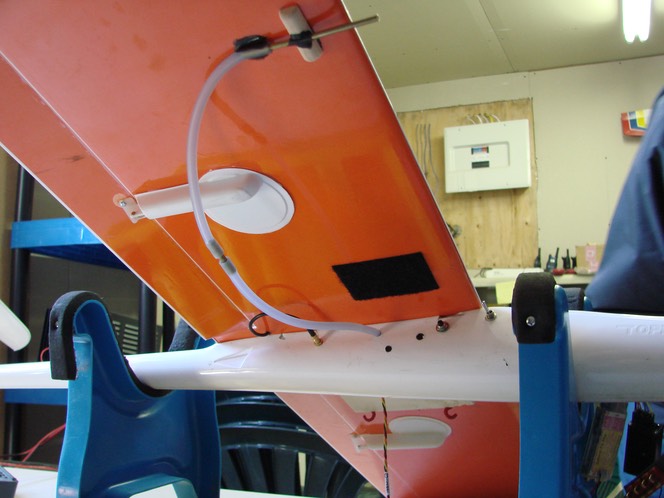
Based on a model aircraft, this RPA can be reconfigured for different purposes. We are constantly reserching and developing new ways to improve safety, efficiency, performance and value for money.
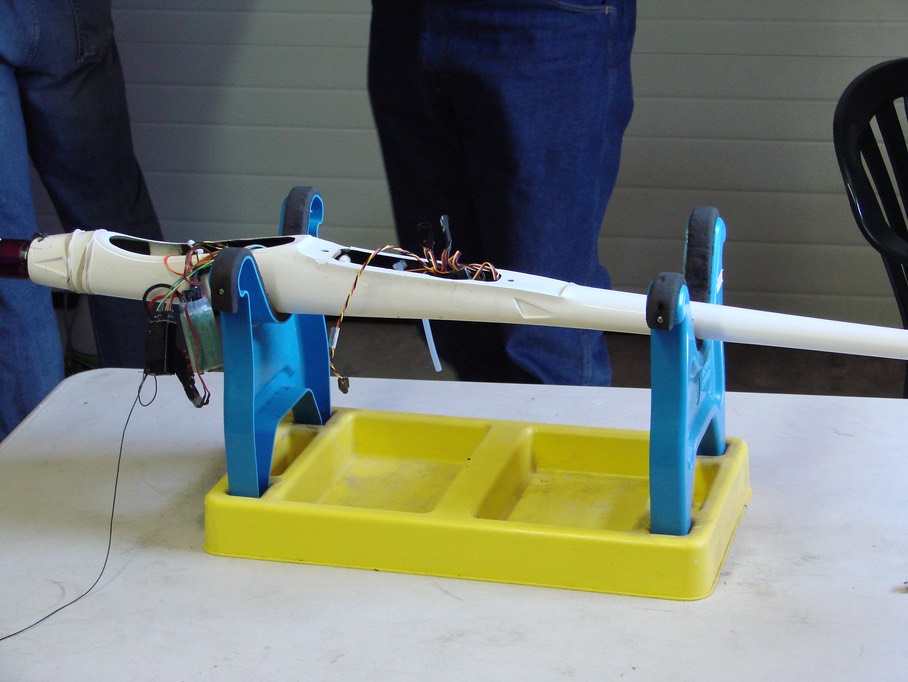
A major focus for Veitch Moir’s research is the development of technical standards and operational mitigation to enable the most cost effective and economically efficient exploitation of RPAS. Since there is no human life on board the RPA, the traditional approach to the safety of manned aviation - focused almost exclusively on the protection of people on board the aircraft - has limited applicability and requires a total rethink. Aviation regulators, among others, are struggling to understand the full implications of RPAS. Veitch Moir has proposed a mathematically rigorous approach to the assessment of risk and has described the opportunities for mitigation to meet the required target level of sefety - as set by regulators - for any given operational scenario. This ‘Risk Based Approach’ is now being taken seriously in Europe and is being discussed in the RPAS Panel of the UNO’s International Civil Aviation Organization, ICAO. Veitch Moir has collaborated with ICAO, the European Commission, EUROCAE, ASTM, RTCA and a variety of other organizations. It is a member of the Royal Aeronautical Society’s RPAS specialist group.